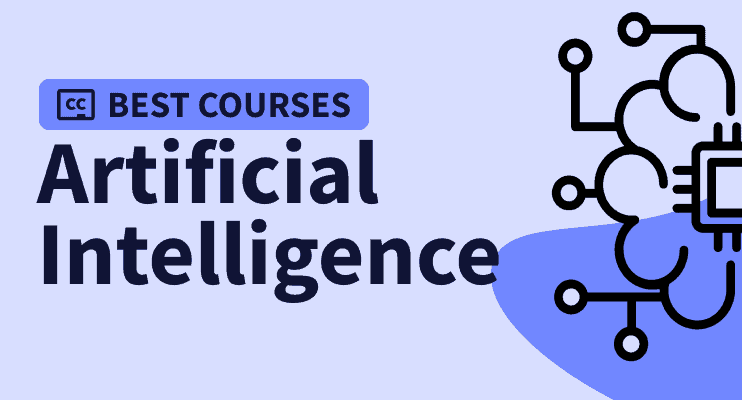Artificial intelligence (AI) Course
Artificial intelligence (AI) and machine learning are often used interchangeably, but it is important to understand that machine learning is a subset of the broader category of AI. Artificial intelligence refers to the general ability of computers to emulate human thought and perform tasks in real-world environments. It involves developing computers and robots that can behave in ways that mimic or even surpass human capabilities. AI-enabled programs can analyze data, provide information, and trigger actions without human intervention.
On the other hand, machine learning specifically focuses on the technologies and algorithms that enable systems to identify patterns, make decisions, and improve themselves through experience and data. Machine learning is a pathway to achieving artificial intelligence. It involves using algorithms to automatically learn insights from data, recognize patterns, and apply that learning to make increasingly better decisions.
Similarities Between AI and Machine Learning:
While machine learning is a subset of artificial intelligence, both fields share similarities in terms of their applications and capabilities:
- Humanlike Problem-Solving: Both artificial intelligence and machine learning are suited for complex tasks that require precise outcomes based on learned knowledge. For example, self-driving cars use computer vision to recognize objects and traffic regulations to navigate, while property pricing algorithms predict house prices based on historical sales data.
- Computer Science Fields: AI and machine learning are branches of computer science focused on creating software that can analyze, interpret, and comprehend complex data. Scientists in these fields aim to program computer systems to perform tasks involving self-learning efficiently.
- Cross-Industry Applications: Both AI and machine learning have broad applications across various industries. They can be used for optimizing supply chains, predicting outcomes in sports or agriculture, fraud detection in finance, personalized recommendations in retail, among many other applications.
Key Differences Between AI and Machine Learning:
- Objectives: The primary goal of an AI system is to have a machine complete complex human tasks efficiently through learning, problem-solving, and pattern recognition. In contrast, machine learning aims to analyze large volumes of data using statistical models to identify patterns and produce results with associated probabilities or degrees of confidence.
- Methods: Artificial intelligence encompasses a range of methods such as genetic algorithms, neural networks, deep learning, natural language processing (NLP), computer vision, etc., used to solve diverse problems beyond just analyzing data like in machine learning.
Artificial Intelligence (AI) encompasses the broader field of developing machines capable of emulating human thought. Machine Learning (ML) is a subset of AI focusing on algorithms that enable systems to learn from data patterns.

